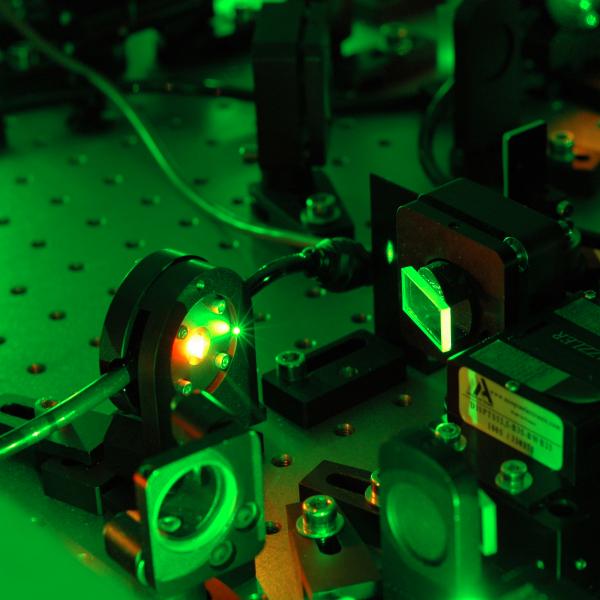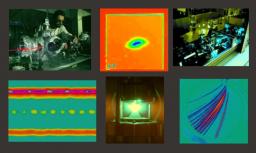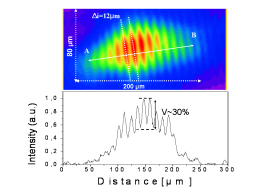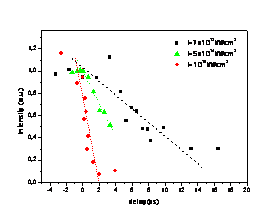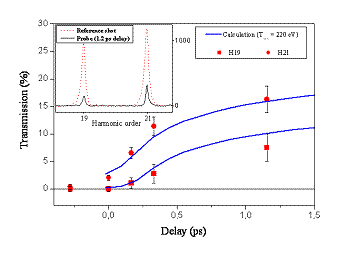

Cliquer ici pour consulter le nouveau site 'Supports et Lasers à Impulsion Courte'
L'équipe SLIC (Supports et Lasers à Impulsions Courtes) est un groupe de développement laser et de support technique. La mission principale de SLIC est de fournir des lasers de pointe pour les utilisateurs internes (LIDYL) et externes (nationaux et internationaux).
Le groupe SLIC est ainsi en charge du fonctionnement, de l'optimisation et de l'évolution des installations lasers UHI100 et ATTOALAB / FAB1-10 du LIDYL et mène également des programmes de recherche et développement visant principalement à améliorer ces installations laser en termes de performances et de caractérisation selon l'évolution des besoins de leurs utilisateurs.
Une grande partie de la R & D est réalisée en collaboration avec la société Amplitude-Technologies au sein du laboratoire commun IMPULSE. Dans une moindre mesure, le groupe SLIC mène également des activités de RD prospective dans des domaines qui ne sont pas directement liés aux lasers LIDYL mais reposent sur des techniques liées aux lasers femtosecondes, comme l'utilisation de la technique d'amplification CPA dans les LEL XUV.
En outre, le groupe SLIC comprend les ateliers de mécanique et d'électronique, le bureau d'études mécaniques et le support informatique (webmaster et assistance aux utilisateurs). Ce support technique est essentiel au succès des activités expérimentales du LIDYL.
The SLIC team (French acronym for Supports and Short Pulse Lasers) is a group of laser development and technical support. The main mission of the SLIC team is to provide state-of-the-art lasers for internal (LIDYL) and external (national and international) users.
The SLIC group is thus in charge of the operation, optimization and evolution of the UHI100 and ATTOALAB / FAB1-10 laser facilities of the LIDYL and also conducts research and development programs mostly aimed at improving these laser facilities in terms of performances and characterisation according to the evolution of the needs of their users.
A large part of the R&D is carried out in collaboration with the Amplitude-Technologies Company within the IMPULSE joint laboratory. To a lesser extent, the SLIC group also conducts prospective R & D in areas not directly related to the LIDYL lasers but relying on techniques related to femtosecond lasers such as the use of the CPA amplification scheme in XUV LELs.
In addition, the SLIC group includes the mechanical and electronics workshops, the mechanical design office and the IT support (webmaster and user assistance). This technical support is essential to the success of the LIDYL experimental activities.
Technical description and associated scientific pages.
Contact : Pascal d'Oliveira.


